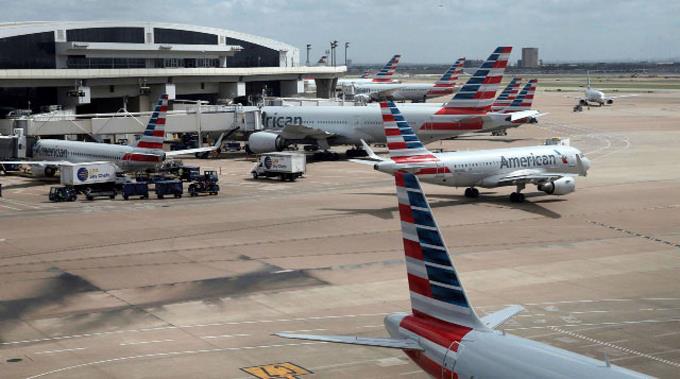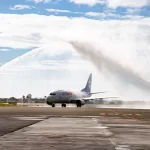Covid-19 pandemic strike to civil aviation of DR

In January of this year, no one imagined that for the first time in its little more than a century of history, civil aviation and passenger air transport would suffer the most serious and difficult crisis recorded in its annals, when the nearly 25,000 aircraft that They are part of the global air fleet and they were forced to land abruptly, at the same time as they were forced to remain stationed on the ground for several months, due to the expansion of the coronavirus pandemic or COVID-19.
We all know that in their fight to contain the advance of the pandemic, most of the countries in the world – 96%, to be more precise – closed their air borders to commercial flights, a fact that resulted in the hardest blow inflicted to a consolidated airline industry as the main interconnection route and a fundamental pillar of the global economy, which in 2018 alone transported some 4.4 billion passengers through some 38 million flights through the different points of the planetary geography.
Moving to the local level, our country, with its high tourist performance and excellent levels of air connectivity, has had to manage with some skill the pandemic crisis with a multidimensional effect. However, the panorama in the midst of the battle, both for aeronautical and tourist activity, is not very rosy.
After having an average continuous growth of 5% per year in air operations during the last decade, reaching the status of the main tourist destination in the Caribbean and being recognized among the first in the world; With a contribution of around 4% to the national gross domestic product, in the current situation, the projections regarding the recovery of air traffic to the country, in any estimated scenario, fall far below usual expectations, which it will surely affect the tourism value chain, not only direct -in air tickets, hotel reservations, vehicle rentals and consumption of native agricultural products-; but also indirectly to the large number of businesses that benefit from it, such as bars, restaurants, markets, shops, discos, cinemas, etc.
Returning civil aviation and air transport to pre-pandemic parameters will be a gradual process that will require an extraordinary collective effort by all the actors that make up the national and international aeronautical system guided by a spirit of collaboration and continuous communication, in order to achieve the necessary consensus regarding the measures and protocols that are implemented to restore the confidence of the traveling public and guarantee that when boarding the aircraft, they are not at risk of contagion.
Commercial air transport must be assuming the measures and protocols that effectively guarantee that until the vaccine appears, there will be no contagion or spread of COVID-19 through it.
And while it is true that great efforts are focused on changing social customs, for aviation there is a vital edge that is often neglected: operational safety. After about 98% of the global aircraft fleet had to remain on the ground, special attention must be paid to the procedures to be carried out when taking the flight, to ensure that air transport maintains its main value, which is its category of the safest medium.
In the Dominican Republic, we have proactively taken the necessary measures to guarantee the support of civil aviation to the supply chain, medical, humanitarian and repatriation flights for citizens; as well as compliance with the measures issued by the High-Level Commission for the Prevention and Control of Coronavirus.
Therefore, despite the negative impact that COVID-19 has had on global aviation, we are confident that we will know how to gauge our strengths and opportunities and overcome the serious challenge of recovering from this unprecedented pandemic coup, learning the lessons of this dramatic stage, which will be, without place perhaps, a great motivation to continue the work for innovative and vigorous aviation that breaks patterns and reinvents itself with more faith after the storm.
















